Imagine a country, less than a two-hour flight from Dublin, where farmers can expect to be paid the equivalent of €6.20/kg for beef and over 50c/l for milk!
This farming utopia is Norway, with a population of around 5m, similar to Ireland though with much smaller agricultural output from its 45,000 active farmers, many of whom are extremely small though the average herd is 22 cows. It is essentially a closed market for beef and milk, though significant quantities of dairy added-value products, particularly yogurt from Greece, are popular.
Beef imports into Norway are subjected to tariffs of the equivalent of €7/kg which effectively keeps it a closed market. The government has reduced these tariffs at times of scarcity of supply.
Although Norway is part of the European Economic Area, which has effectively a free trade arrangement with the EU in return for adopting EU legislation into national law, agriculture and fisheries products are excluded. This allows the Norwegian government to make and fund whatever policy it deems appropriate. This causes plenty of friction in the EU, particularly in the parliament, where MEPs have on several occasions taken issue with what they see as protection.
Farm produce is marketed through four main marketing boards or co-ops – milk, meat, grain and horticulture, which is a smaller one.
Annual price discussions are held every spring between farmer representatives, of which Norges Bondelag (the Norwegian farmers’ union) is by far the most significant with 31,000 active farmer members, the co-ops and government to settle an agriculture package for the year ahead. Agriculture in Norway doesn’t just benefit from a protected market – it also provides individual farm support for production. This is tailored to reflect the difficulty of production conditions and size of farm, with smallest farms in the most difficult producing areas getting most and the rate being progressively reduced as farms have larger numbers or are farming in a more productive area.
Farming and farmers are valued in Norway in a way we can only dream of in Ireland. However, they too have their challenges. The biggest issues are climate and land type – much of the country is mountainous and in many parts the land is suitable only for forestry. It is also an extremely long country, with Rome being as close to Oslo as the most northern parts of the country are.
Norway has an extremely short growing season, generally being calculated as half the length of the growing season around Paris. Therefore, production is extremely challenging for Norwegian farmers and they can never compete on price in the open market because their cost of production is too high.
It is also fortunate for Norwegian farmers that the government not only values their production, but is financially strong enough to fund the support system, though consumers pay their share with high retail prices.
Listen to an interview with Hildegunn Gjengedal of the Norwegian Farmers Union in our podcast below:
In recent times, the success of the oil industry has made Norway a wealthy nation. However, its policy of agricultural support predates oil. Like many other countries, Norway decided that food security was an important national interest in the aftermath of the second world war, with a particular focus on grain production where it could be successfully grown. No doubt as oil wealth increased, resources grew to enable government provide support.
Lessons for Ireland
It is striking how the Norwegian model for agricultural support suggests the EU is looking down the wrong end of the telescope. Christian Anton Smedshaug, director at the research institute Agri Analyse, has published a thought-provoking book: Feeding the World in the 21st Century – A historical analysis of agriculture and society.
Speaking to the Irish Farmers Journal, he explained how agricultural commodity prices have resumed their long-term decline after the few years of a reversal from 2008. All increases in efficiency and productivity are taken from farmers and he refers to Dutch and Danish farmers as global leaders in driving efficiency in the pig industry, yet they are probably the most unprofitable.
The paradox of agriculture, he says, is that the more productive you are the less you earn and become less valued by society. The opposite is also true – that when your produce is scarce, you are more valued. Unsurprisingly, he has no time for free trade agreements that will further expose EU farmers to external competition that their production systems simply won’t allow them meet.
TINE SA
TINE is the predominant Norwegian dairy co-op and handles 80% of milk and 70% of yogurts sold in Norway’s shops on a daily basis. The group has 12,000 farmer suppliers who are also shareholders and in total 5,000 employees across the organisation, 500 of whom work at the highly automated Oslo plant which was visited by the Irish Farmers Journal this week.
TINE has an additional function as market regulator of milk price in its role as effectively a milk board for sourcing milk in Norway. In addition to servicing its own huge business, the company trades several thousand litres of milk to smaller competitors for use in their own businesses.














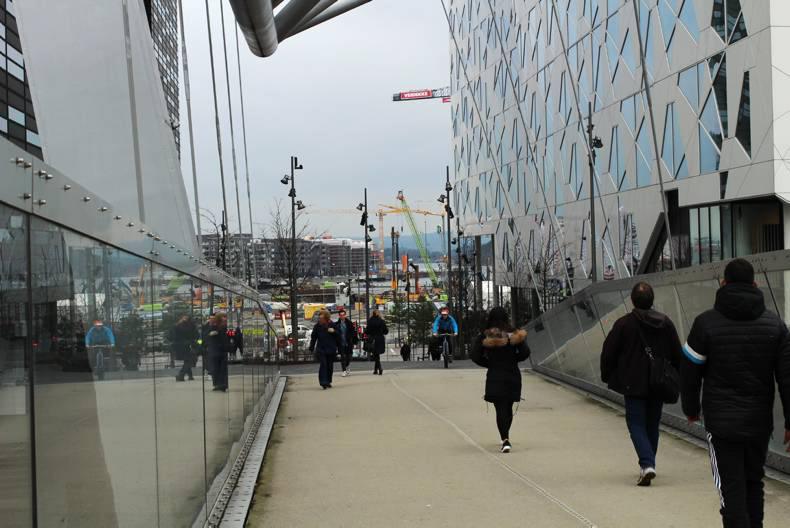
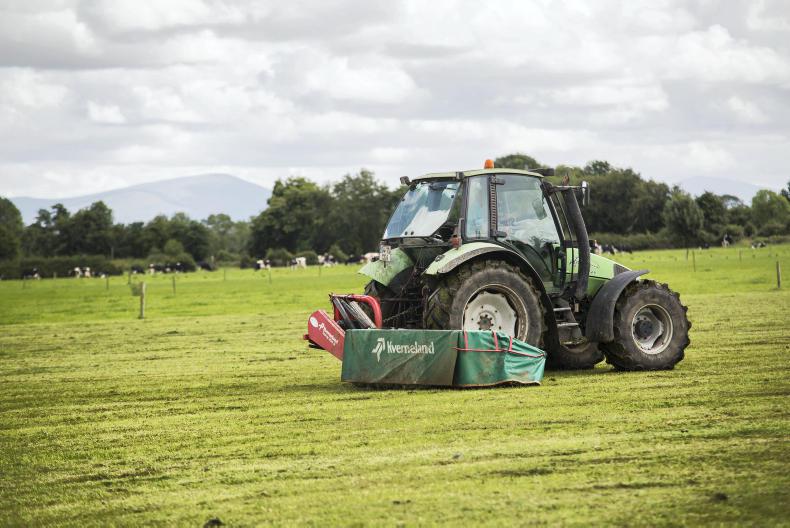

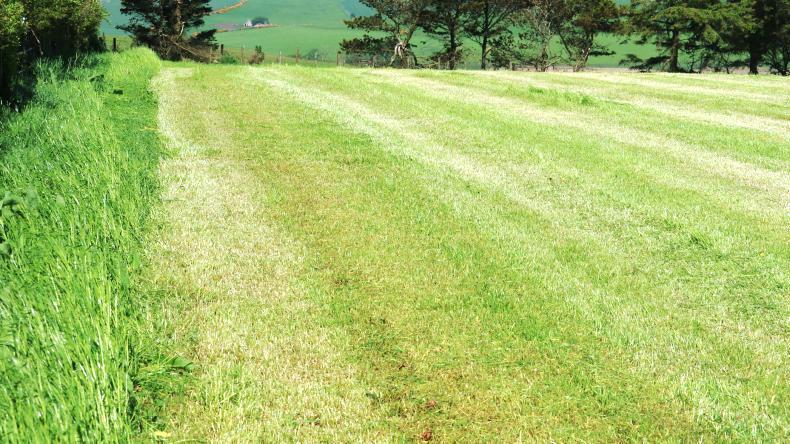
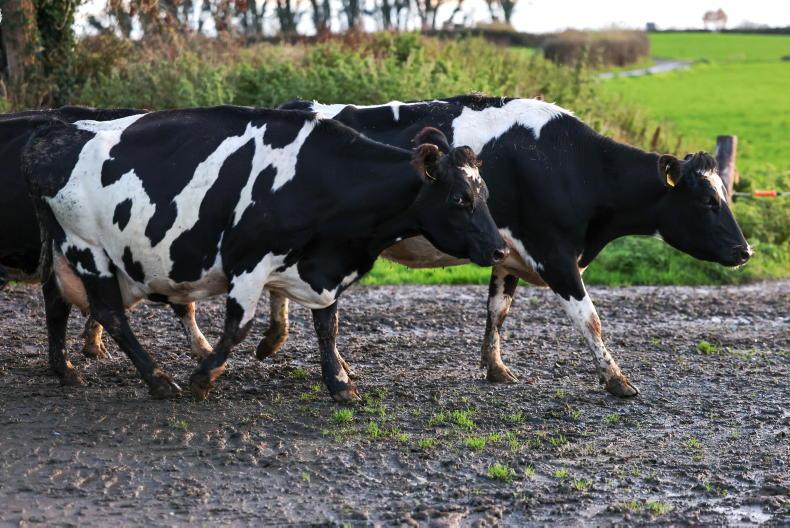
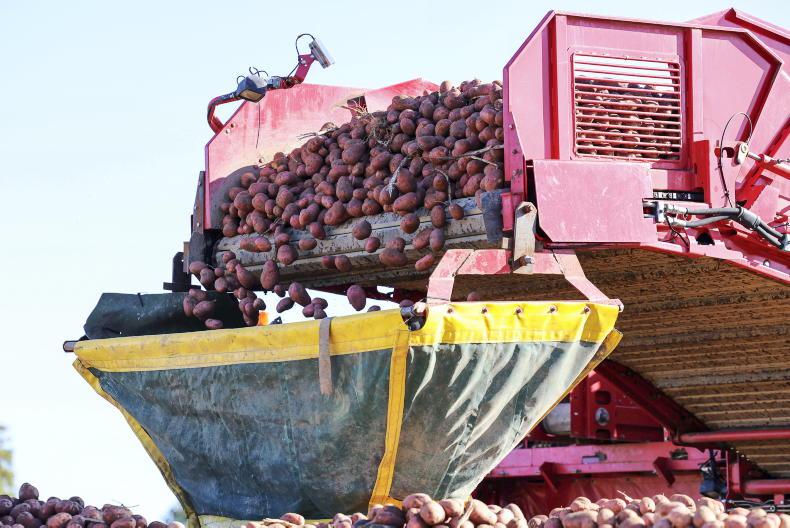
SHARING OPTIONS